Has your Dungeons & Dragons table reached level 20, but still wants to keep playing? Obviously, you can always continue playing your campaign at level 20, but this can get a bit boring at times. What’s there left to accomplish in a campaign if there’s no sense of progression?
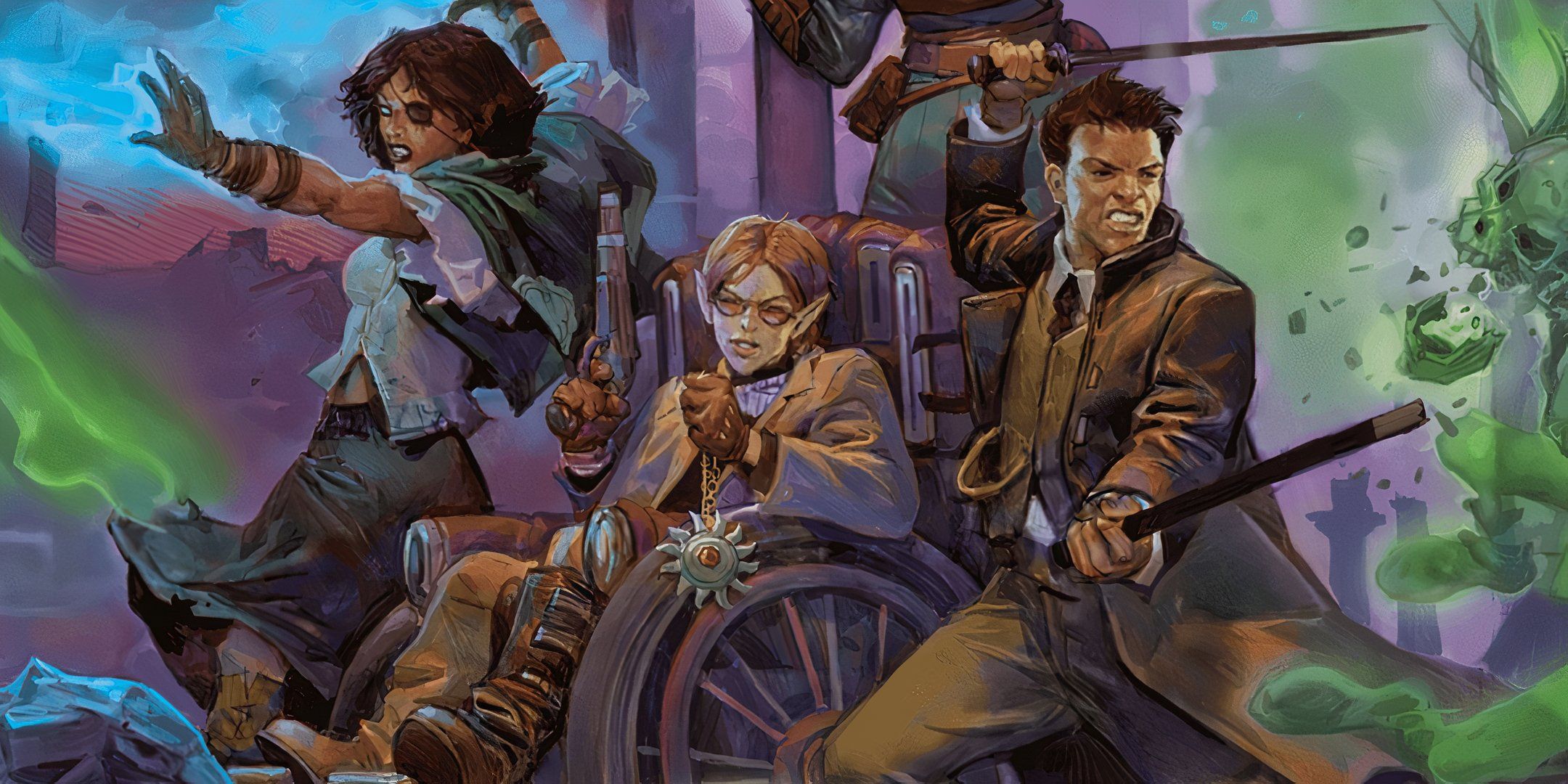
Related
Dungeons & Dragons: How To Set Difficulty Class in 5e
Setting a difficulty class or DC as a DM can prove tricky if you’ve never done it before. Here’s how.
Obviously, there are no hard and fast rules on offer in the 2024 Dungeon Master’s Guide or the Player’s Handbook that show you how to level up or give your players a sense of progression past level 20. That’s why we’ve created this homebrew guide that shows you how you can level up past level 20.
How To Play Past Level 20
While starting over and beginning a new campaign is always an option in Dungeons & Dragons, you can always continue playing past level 20 if you so choose.
If you don’t want to level-up your characters, or use homebrew rules for character progression, there are a few things you’ll need to do to keep playing past level 20.
|
Campaign Element |
Details |
|---|---|
|
Up The Stakes |
If your characters are not going to level up or gain new abilities, you still need to find ways to up the stakes for the characters. The trick here is that, without gaining new abilities, you have limited options in terms of raising Challenge Rating or encounter difficulty. Ultimately, your best option is to use things like lair actions, added Legendary Resistances, and more to increase combat stakes. |
|
Add Restrictions Or Twists |
If every character is level 20, you should consider adding restrictions, twists, or limitations on their abilities during adventures. For example, perhaps having the party enter a dungeon where spells above level five don’t work can add some interesting stakes to the campaign, and force the party to rely on strategy more than their abilities. |
|
Rely On Narrative |
Ultimately, without XP or character progression, the narrative is going to have to be the driving force of your campaign past level 20. That being said, if the story is still compelling, there’s no reason why players shouldn’t still be engaged with the ongoing campaign, even without level progression. |
If you feel that you can’t execute one of the above elements for your campaign, you should seriously consider restarting your table at level one. Talk to your table about what feels best for your group.
How To Level Up Past Level 20
If your table does want to level up past level 20, there are a handful of homebrew rules you can use to achieve a sense of player progression.
For level 20 and beyond, have players level up every time they gain 50,000 XP, or use a milestone system.
|
Level Up Rewards |
Details |
|---|---|
|
Increase HP |
Every time your party gains a level past 20, you can still have them roll hit dice and gain HP. This will give them a sense of progression, but ultimately isn’t too game-breaking. |
|
Increase Stats |
Similarly to HP, every four levels of progression, you can choose to grant your players a stat increase. This is typical of standard level progression from one to 20, and again, shouldn’t prove too game-breaking so as to make the campaign too easy. |
|
Increase Proficiency Bonus |
Every four levels of progression past level 20, you can increase your players’ Proficiency Bonus by one. This is typical of standard Proficiency Bonus progression in the 2024 Player’s Handbook. |
|
Improve Pre-existing Features |
Rather than having to homebrew new features or subclass traits for the party to contend with, simply reward players every few levels with improvements to their pre-existing features. For example, you can have a bard roll 1d12 and an extra 1d4 for their bardic inspiration when they reach level 25. This is on par with typical bardic inspiration die progression. |
|
Grant Epic Boons |
Lastly, you can also use Epic Boon Features from the 2024 Player’s Handbook to reward players every four levels. You should use this in lieu of granting an ability score, not in addition to. |
You can always homebrew original subclass features and class traits for levels past 20 if you so desire. However, this is the most surefire way to create an unbalanced campaign. Be careful when homebrewing new class traits.
How To Use Non-Level Advancement
If you don’t want to actually grant players tangible level advancement past level 20, and aren’t comfortable using the above homebrew rules, there are still some ways you can instill your players with a sense of progression.
Ultimately, the best way to determine how to progress a campaign past level 20 is to talk to your players. See if they’d prefer non-level advacement or homebrewed leveling rules.
For example, you can reward players with increased renown scores among various factions they belong to, thus allowing them to exert more influence over the world.
Marks of prestige and other non-tangible rewards are always helpful for a sense of progression.
Alternatively, you could simply dole out more magic items for your party. Granting an Artifact magic item is one way to give players a capstone ability that feels powerful.
Bastions are also a great way to keep a sense of progression going. There’s no reason why players can’t continue to add and expand to their bastions if they have the right funds. You’ll just have to go off-script a little bit if you’re not using tangible level progression, as special facilities are determined by player level.

Next
Dungeons & Dragons: Tiers Of Play, Explained
Depending on the level of your adventuring party, you’ll want to tailor your tier of play to match. Here’s how.
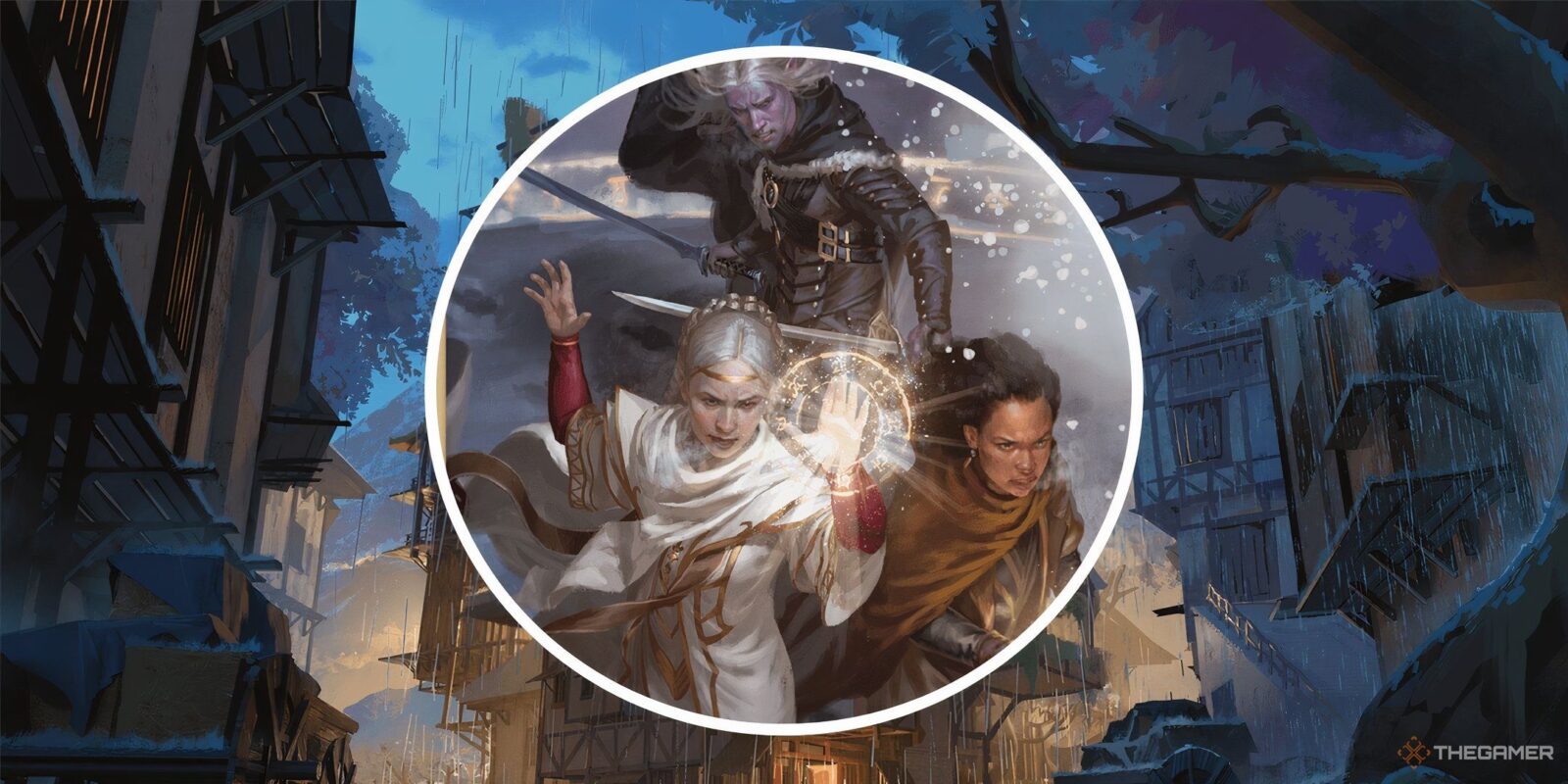

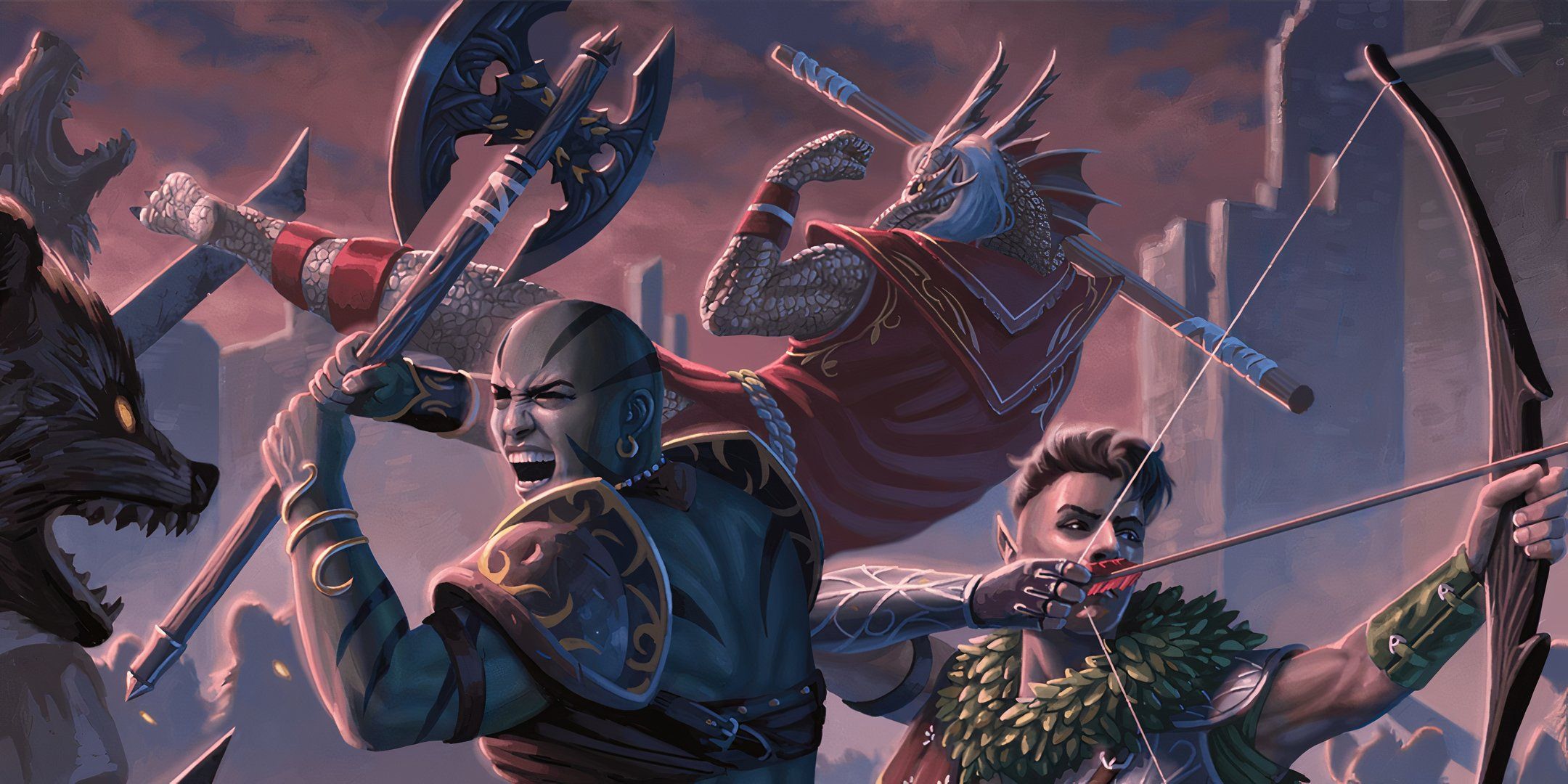



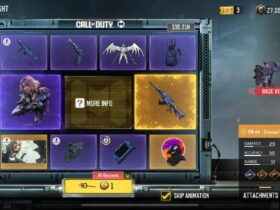



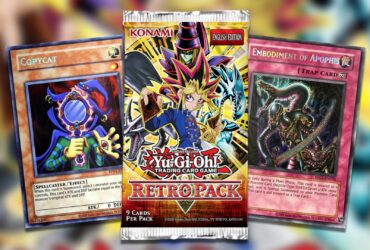



Leave a Reply